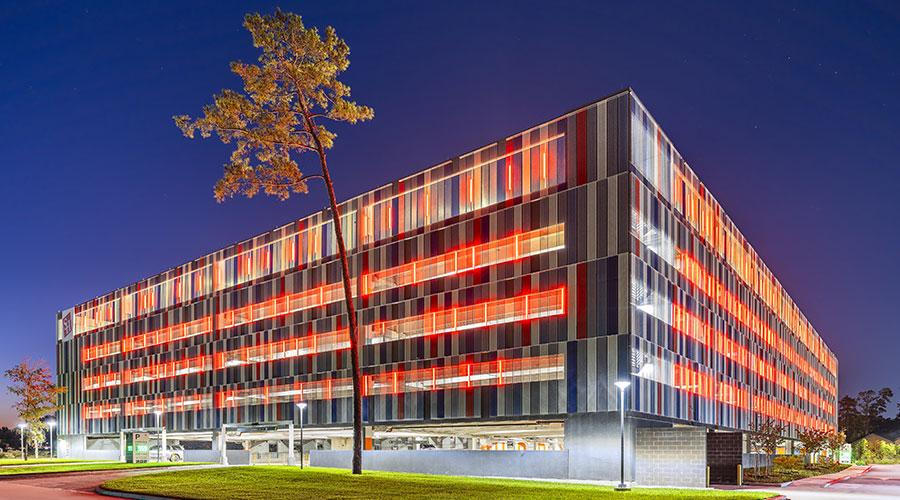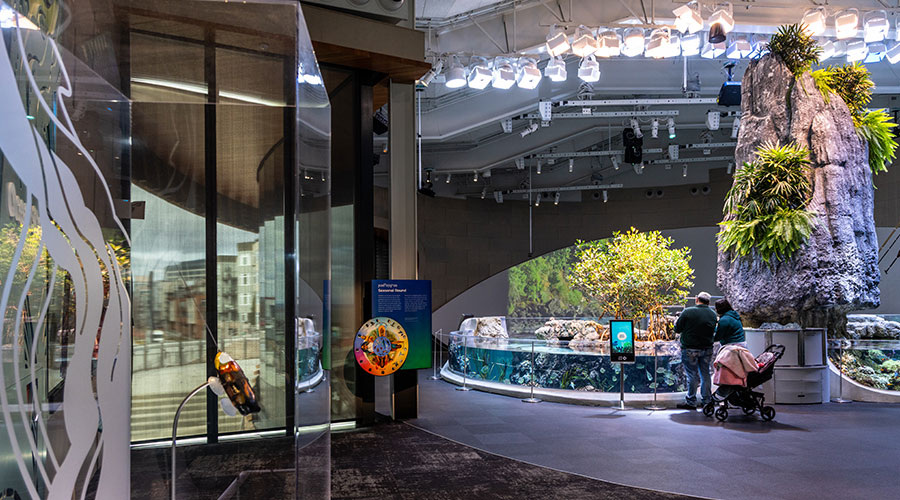Occupancy Sensors Help Reduce Energy Use
Occupancy-based sensors can reduce energy use by either reducing lighting levels or providing on/off control based on space occupancy. Options for occupancy sensors include passive infrared, ultrasonic and dual technology. It is important for managers to select the right type of sensor based on the space type because each sensor has its own suitable applications.
Passive infrared devices are most effective where the sensor has a view of the activity in the space, but managers should avoid their use in areas of low occupancy and low activity and where something might block the sensor. Ultrasonic sensors are most suitable in spaces with obstacles, such as restrooms and electrical rooms. Managers should avoid them in spaces with high ceilings and where specific coverage is required, such as in stock aisles. Dual-technology sensors incorporate both sensor types and are best used where a higher degree of detection is desirable. It is important to ensure technicians set the sensors' time-delay settings properly to avoid wasted energy consumption from false-on events.
Managers can use daylight harvesting in various applications depending on the space type and the desired function of the sensor. Common applications include installing daylight photocell sensors in conjunction with dimmable ballasts, with the goal of reducing lighting levels when adequate sunlight is present. Interior lights brighten or dim based on the ambient light the installed photocell senses and are good applications in areas with large open windows and adequate ambient light.
It is important that technicians maintain these photocells to ensure they maintain proper lighting levels over time. Testing these photocells can be as simple as covering them with an enclosed box to limit ambient light or by shining a flashlight into them to increase ambient light and ensuring the system responds accordingly.
A Higher Level
Technology options outside of significant retrofits exist for different types of lighting systems. For example, a warehouse or similar space with high-intensity discharge (HID) lamps installed with can benefit from the installation of the newer, more advanced lighting controls. HID lighting fixtures start at full power and can take up to 15 minutes to achieve full brightness, after which technicians can reduce them to decrease their power consumption while maintaining the same lumens. Technicians can install this type of controller onto existing lighting panels and reduce the power consumption of HID lamps by 20 percent, while at the same time increasing the overall expected life of lamps.
Commissioning these systems is an important factor in ensuring lighting control retrofits operate according to their intended design. A commissioning agent is responsible for confirming lighting correspondence to appropriate breakers, confirming applicable IP addresses, verifying the operation of the controls and fixtures, verifying sensor settings — for example, time delay on a newly installed occupancy sensor or the sensitivity of a daylight harvesting system — and assisting in verifying lighting level settings based on space function specifications. Skipping this essential part of the process can leave managers with a newly installed, energy efficient system that operates the same way the previous system operated.
Daniel Forino, P.E., LEED AP BD+C, is an engineering manager with Horizon Engineering Associates. He has been actively involved in numerous new construction and existing building commissioning projects since joining the firm and has extensive experience in health care, commercial, retail and laboratory spaces.
Related Topics:















